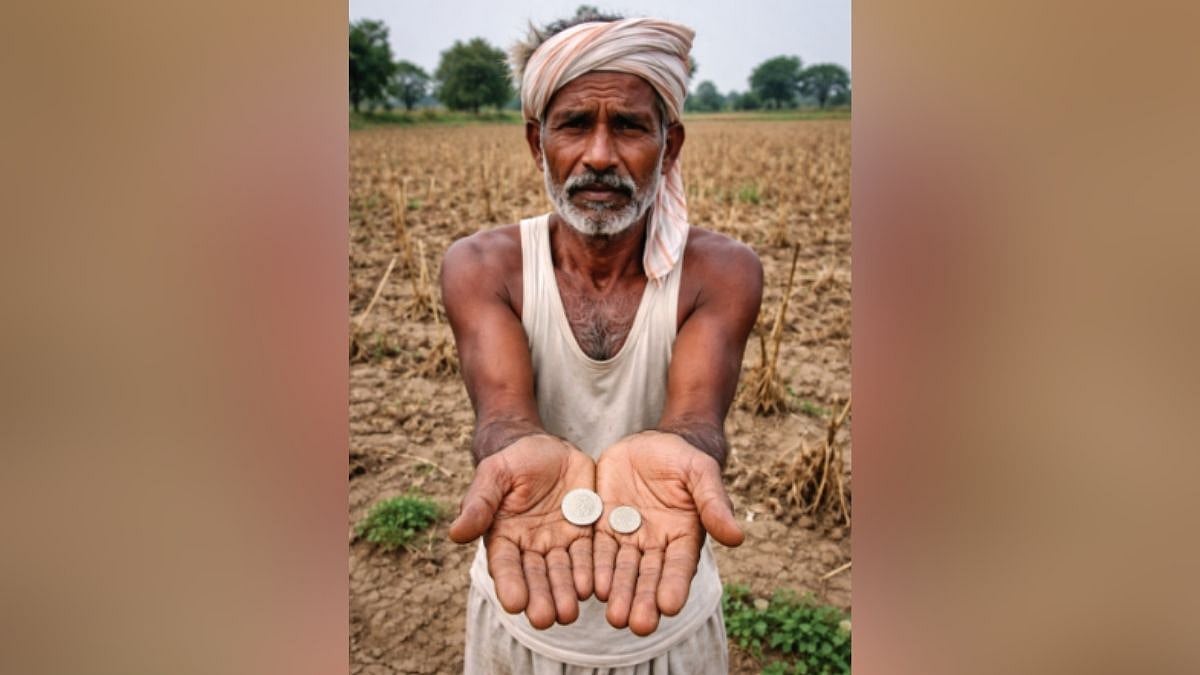The India Meteorological Department (IMD) has issued an alert for the formation of Cyclone Jawad, which may reach the coasts of Andhra Pradesh and Odisha on the morning of December 4. It is the first cyclonic storm after the southwest monsoon ended.
According to the weather forecasting department the cyclone is likely to develop over central Bay of Bengal on December 3.
It could see wind speeds of up to 117kmph and cause widespread rainfall over coastal Andhra Pradesh, Odisha and West Bengal. The IMD has predicted rainfall over India’s western coast and north Maharashtra, and Gujarat starting from Wednesday.
According to cyclone development frequency data maintained by the India Meteorological Department (IMD), on eight occasions between between 1891 and 2021, no cyclones developed in this region during both October and November. These years were – 2021, 1990, 1961, 1954, 1953, 1914, 1900 and 1895. For 41 years, October reported no cyclones and November remained without cyclones on 32 occasions during the past 132 years.
What is cyclone Jawad, where did it come from, and how did it get its name?
The name Jawad is as per the suggestion from Saudi Arabia and means generous or merciful in Arabic. Like its namesake, the system is not likely to turn as devastating as its predecessors.
On Tuesday, the IMD said that a low-pressure system had developed off Thailand coast and it will enter the Andaman Sea by early Wednesday.
This low-pressure area will strengthen, and by December 2, become a depression and prevail over east-central Bay of Bengal. “The system is likely to intensify into a cyclonic storm and cross north Andhra Pradesh-Odisha coast during morning hours of December 4,” read IMD’s special weather bulletin issued on Tuesday.
Three depressions and at least three low-pressure systems over the Bay of Bengal resulted in widespread and heavy rainfall to peninsular India throughout November, leading to floods in several parts of Tamil Nadu and Andhra Pradesh.
The near-equatorial trough or an area of wind convergence, also called the intertropical convergence zone, which is normally not very active during this season, remained active this year from the southern Bay of Bengal to the northwest of the Pacific.
In May last year, Cyclone Amphan tore through West Bengal, leaving a trail of death and destruction. Over 13 million people were affected and more than 1.5 million houses were damaged. Over three million people were evacuated before the storm made landfall over the Bengal coast.










